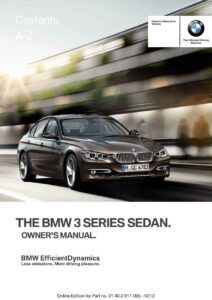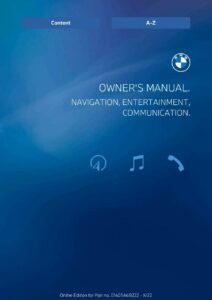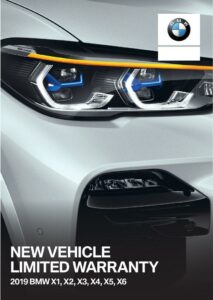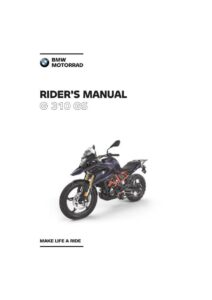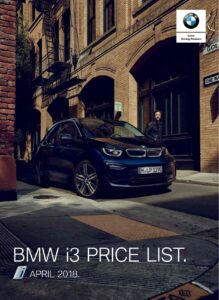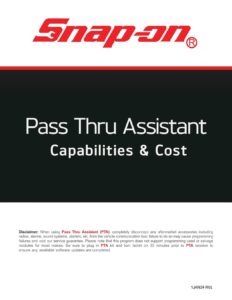The BMW i3 is a 5-door, 4-seat hatchback in the Australian ‘small’ car category, offering an innovative design and quirky looks. It has been marketed in Europe since 2014 and was awarded Wheels Australia ‘Car of the Year’ in 2014.
The i3 was initially released with a 22 kWh battery, with subsequent upgrades to 33 kWh and 42.2 kWh. The official designations for each i3 model are: i3 60Ah (BEV: 22 kWh battery), i3 94Ah (BEV: 33 kWh battery), i3 120 (BEV: 42.2 kWh battery), and performance versions i3s and i3s 120Ah.
The i3 has standard Type 2 AC charging port and CCS2 DC charging, with maximum AC charge rates of 7.4 kW or 11 kW depending on the version. DC fast charging times range from 25 minutes to 42 minutes to charge to 80%.
The BMW i3 has a kerb weight of 1,345 kg and is not rated for towing. For home charging, it is recommended to install a suitable EVSE, such as a 32A single phase EVSE for the 60Ah model or a 16A 3 phase EVSE for the 94Ah and 120Ah models.
Important Notes:
- For AC charging, early i3 owners with Type 1 AC charge ports will need a Type 1 to Type 2 adaptor lead to use modern AC EV chargers.
- High charging rates are generally not needed for overnight charging, and homes may not normally have three phase AC connected.
- Switchboard and/or electrical supply upgrades may be needed if your home is more than 20 years old.
Manual:
Chat: Powered By VoiceSphere

